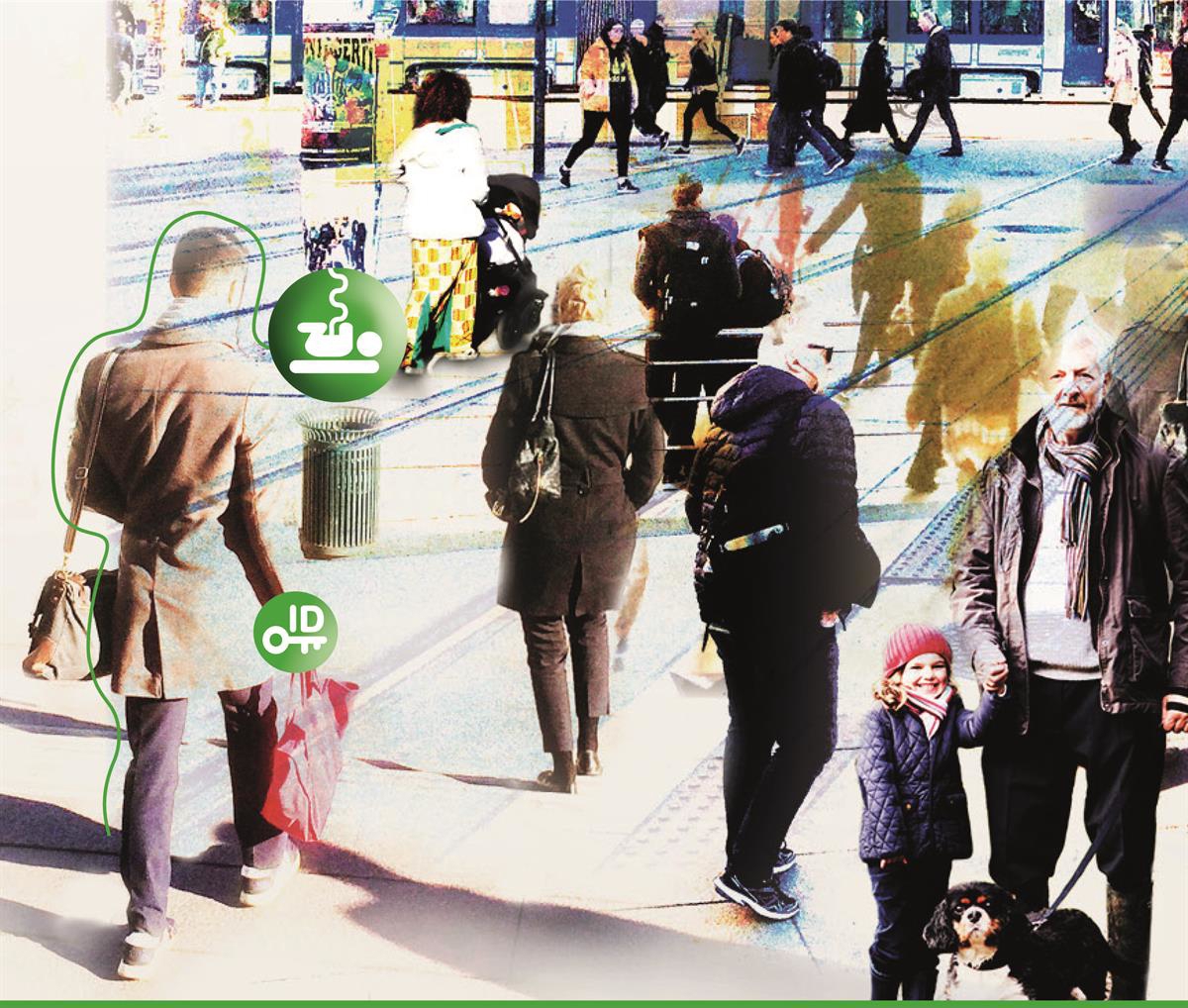4 Clear and digitalisation-friendly regulations

The regulatory framework must be adapted to facilitate increased data sharing and more seamless services. Regulations should be clear and understandable, without unnecessary discretionary provisions and with harmonised concepts. Regulations should also facilitate full or partial automation of administrative procedures, appropriate use of artificial intelligence, and digital transformation.
The regulations shall support and facilitate the objectives of the Digital Agenda for Norway concerning seamless and proactive services, data-driven innovation, user centricity and the once-only principle. This means that the regulations must allow more data sharing and full or partial automation of executive work and administrative procedures. At the same time, the regulations shall safeguard privacy, principles of due process and other trustworthiness requirements. The regulations should be clear and understandable, without undue complexity or unnecessary discretionary provisions, and the concepts must be harmonised where appropriate.
Where are we?
With few exceptions, the current regulations are technology neutral. The regulations do not contain any direct barriers to digital communication, with a few exceptions. Through the eRegel (eRegulation) project, a project that was carried out at the turn of the millennium, an extensive effort was made to amend regulations that prevented electronic communication. Thereafter, a principle was established that regulations shall be interpreted as technology neutral, and that any requirements for paper-based communication shall be specifically stipulated in the relevant provisions. In other words, requirements for written communication and signatures will not in themselves prevent electronic communication. If manual administrative procedures or manual signature are required, this must be explicitly stated in the provision.
The remaining obstacles to digitalisation were mapped in both 2013 and 2017. The mappings showed that few direct obstacles to digital communication remained in the regulations. However, the fact that no specific obstacles to digital communication remain does not mean that the regulations have been adapted for digitalisation. The mapping report from 2013 also shows that regulations are interpreted too stringently due to lack of expertise, and that there is a general lack of awareness of the Regulations on electronic communications networks and services and of the need for technology neutrality in their interpretation.13
Where are we going?
Technology offers opportunities for new, automated work methods and processes. Technology also offers the possibility to provide services without prior application. The current regulations relating to proper administrative procedures also work quite well in a digitalised public administration, but there is untapped potential in using regulations to achieve a more data-driven public administration. Ensuring that regulations keep up with digital developments is a challenging task. Creating digitalisation-friendly regulations is an ongoing effort, one where it is essential that whoever formulates the regulations understands the relationship between processes, technology and regulations. There is therefore a need to define the principles and characteristics of digitalisation-friendly regulations. This work must also be viewed in the context of efforts to promote plain legal language and innovation in the public sector.
Digitalisation-friendly regulations are also regulations that are adapted to new business models and to emerging technologies such as self-driving vehicles and drones. Regulations must be reviewed to identify any specific obstacles that remain. At the same time, changes must be considered that enable increased data sharing and more digitalised collaboration across administrative levels and sectors. Such changes should, for example, be considered specifically in connection with efforts to develop seamless digital services.
The Government will:
- Review the regulations to consider removing any remaining obstacles to digitalisation, based on the work to develop seamless services
- Initiate dialogue with the business sector, voluntary organisations and agencies in the public sector to obtain input on specific obstacles to digitalisation in existing regulations
- Prepare a guide for digitalisation-friendly regulations and plain legal language
- Discuss and refer to the guide for digitalisation-friendly regulations in the Guidelines on Drafting Technique and Preparation of Legislation